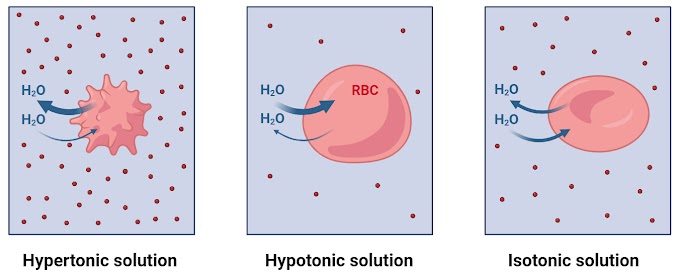Introduction
Have you ever wondered why some people have blue eyes while others have brown? Or why some people have curly hair while others have straight hair? The answer lies in our genes and alleles.
These tiny genetic blueprints control everything from our height to our blood type. But what exactly are genes and alleles, and how do they differ? Let’s break it down in a simple and clear way.
What is a Gene?
A gene is a segment of DNA that contains the instructions for building a specific protein, which in turn influences a particular trait in an organism. Genes act as biological codes that determine characteristics such as eye color, hair texture, and even susceptibility to certain diseases.
Characterisctics of Genes
- Made up of DNA sequences.
- Found on chromosomes inside the nucleus of a cell.
- Determine traits like height, eye color, and blood type.
- Each person inherits two copies of a gene, one from each parent.
What is an Allele?
An allele is a variant or different form of a gene. While every person has two copies of a gene (one from each parent), these copies might not be identical. The variations of a gene are called alleles, and they influence the way a particular trait is expressed.
Characteristics of Alleles
- Different versions of the same gene.
- Located at the same position (locus) on a chromosome.
- Can be dominant, recessive, or codominant in their expression.
- Determine variations of traits, such as brown vs. blue eyes.
Types of Alleles
Alleles play a crucial role in genetic inheritance, and their expression depends on whether they are dominant, recessive, or codominant.
1. Dominant Allele
A dominant allele is expressed even if only one copy is present. For example, brown eye color (B) is dominant over blue (b), so if a person has Bb, they will have brown eyes.
2. Recessive Allele
A recessive allele is only expressed when two copies are present. For example, a person must inherit bb (two blue eye alleles) to have blue eyes.
3. Codominant Alleles
Both alleles are fully expressed when present together. For example, in blood type, the A and B alleles are codominant, meaning a person with AB blood type expresses both.
Gene vs. Allele
Lets do a side-by-side comparison to make things clearer.
|
Feature |
Gene |
Allele |
|
Definition |
A segment of DNA that codes for a specific trait or function. |
A different version or variant of a gene. |
|
Number per Organism |
Each individual has two copies of
every gene (one from each parent). |
Each gene can have multiple
alleles, but an individual carries only two (one from each parent). |
|
Role |
Determines the trait (e.g., eye color, blood type). |
Determines the variation of the trait (e.g., blue eyes or brown eyes). |
|
Representation |
Written as a gene name (e.g., gene
for eye color). |
Represented using letters (e.g., B
for brown eyes, b for blue eyes). |
|
Expression |
Expressed as a trait. |
Can be dominant, recessive, or codominant. |
|
Example |
The gene for eye color. |
The alleles for blue (b) and brown
(B) eyes. |
Gene vs Allele Example
Let’s take eye color as an example to see how genes and alleles work. The gene responsible for eye color is found on chromosome 15.
There are different alleles for this gene, such as B (brown) and b (blue). A person can inherit BB (brown eyes), Bb (brown eyes), or bb (blue eyes). Since brown is dominant, even Bb results in brown eyes, while bb leads to blue eyes.
Conclusion
Genes and alleles are the foundation of heredity. While genes provide the blueprint for traits, alleles determine how those traits vary among individuals. Understanding the difference between genes and alleles helps explain genetic inheritance and why we look the way we do.






0 Comments